Understanding the Cost of Annual Prunings
Understanding the factors influencing the cost of annual prunings helps in budgeting and planning maintenance for trees and shrubs. Variations depend on tree size, species, location, and the scope of work involved.
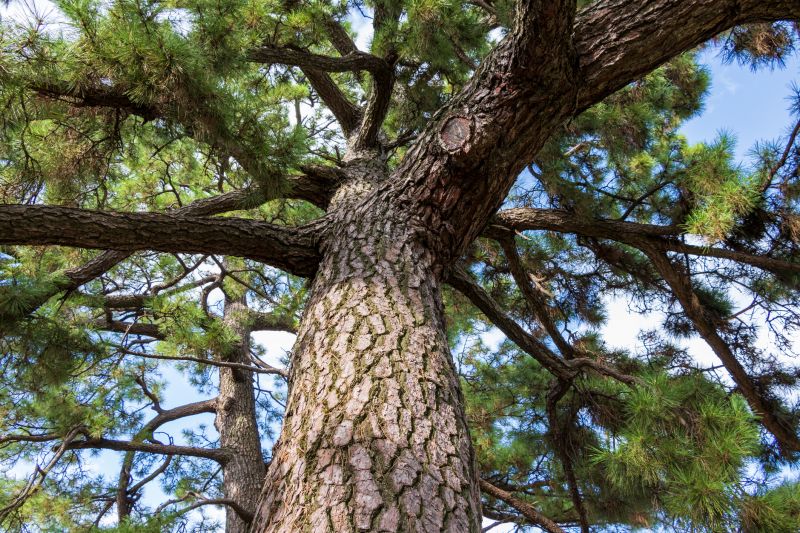
Larger trees require more time and equipment, increasing pruning costs.

Different species have varying pruning needs, affecting overall expenses.
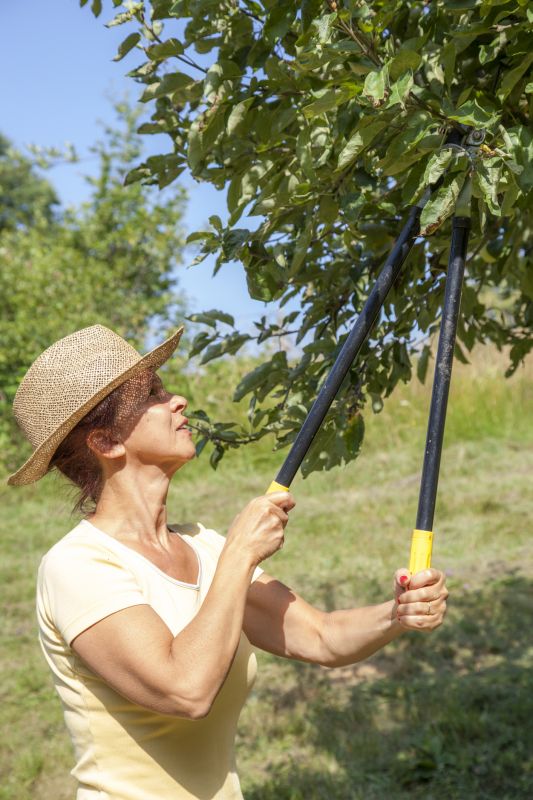
Hard-to-reach areas may require specialized equipment, raising costs.
| Factor | Impact on Cost |
|---|---|
| Tree Size | Larger trees increase labor and equipment expenses. |
| Species Type | Certain species require more detailed pruning, affecting cost. |
| Location | Urban or remote areas may incur higher access charges. |
| Pruning Scope | Thorough pruning or shaping adds to the overall cost. |
| Season | Pruning during peak growth periods may be more costly. |
Routine pruning not only maintains the health and aesthetics of trees and shrubs but also prevents potential hazards. Regular assessment by professionals ensures that pruning is performed efficiently, minimizing unnecessary costs while maximizing benefits. Cost considerations should include potential future savings from disease prevention and structural integrity, making annual pruning a valuable investment in landscape management.
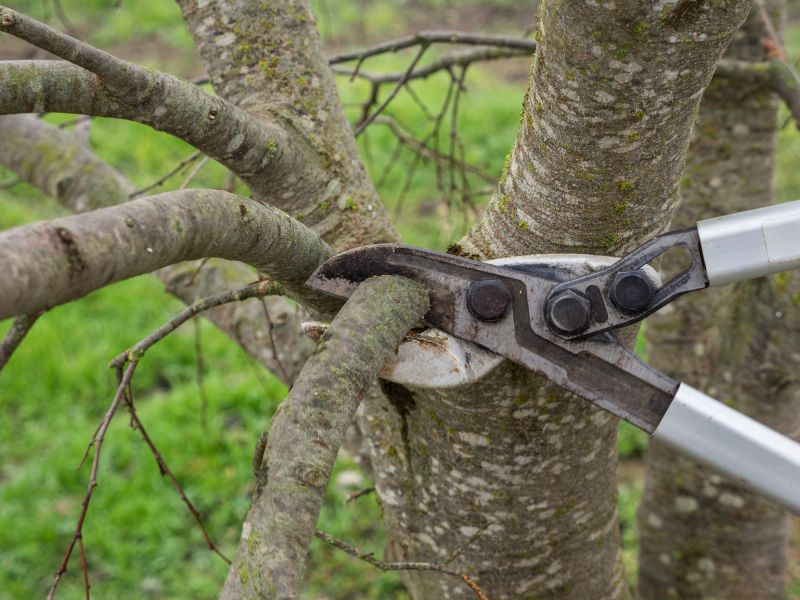
Pruning internal branches requires precision, impacting labor costs.
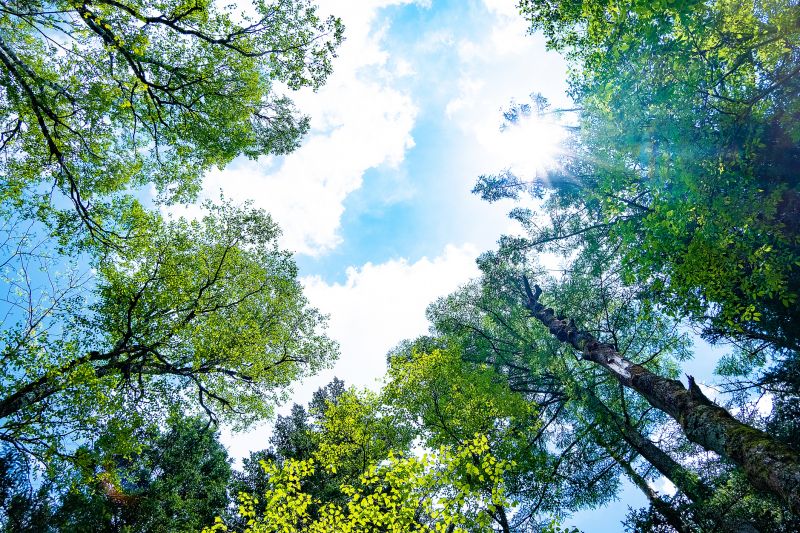
Shaping the canopy involves detailed work, influencing pricing.
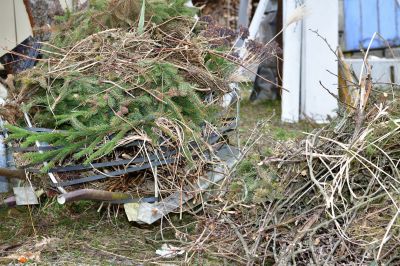
Removing dead or diseased wood is essential and affects overall cost.
| Service | Average Price Range |
|---|---|
| Basic Tree Pruning | $150 - $400 |
| Shaping and Crown Thinning | $200 - $600 |
| Deadwood Removal | $100 - $300 |
| Cabling and Bracing | $300 - $1000 |
| Stump Removal | $150 - $500 |
| Hedge Trimming | $100 - $350 |
| Fruit Tree Pruning | $80 - $250 |
| Storm Damage Cleanup | $250 - $800 |
| Emergency Tree Removal | $500 - $2000 |
| Landscape Pruning | $200 - $700 |
